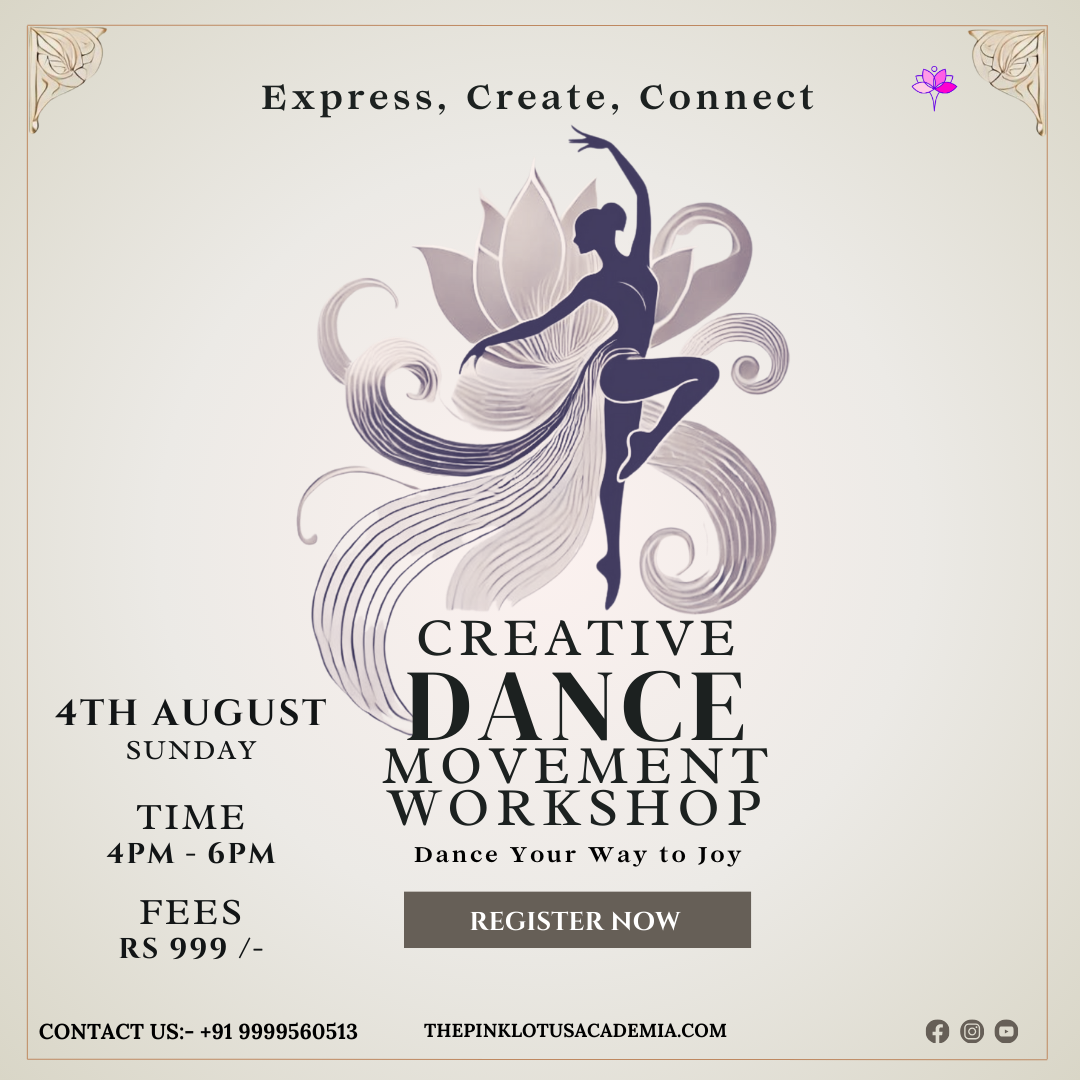In the world of yoga, where teachers are plenty and styles are diverse, establishing a distinct personal brand and identity is not just a business necessity—it’s an act of self-expression. Your brand is the embodiment of your philosophy, teachings, and the unique value you bring to your students. Here, we’ll discuss the importance of crafting your brand and offer guidelines to help you find your unique identity as a yoga teacher.
1. Understanding Personal Branding
At its core, personal branding is the practice of marketing oneself and one’s career as a brand. It’s about creating an image or impression in the mind of others. For a yoga teacher, this can encompass your teaching style, the way you communicate, the ambiance of your classes, and even the style of your promotional materials.
Why is it important?
- Differentiation: Personal branding helps you stand out in a saturated market.
- Connection: It allows students to resonate with your ethos and teaching style.
- Consistency: It provides a coherent experience across different touchpoints, whether that’s in your class, on your website, or on social media.
2. Discovering Your Unique Selling Proposition (USP)
Every yoga teacher has something unique to offer. Ask yourself:
- What makes my classes different?
- Do I have a unique teaching method or philosophy?
- What specific issues or challenges do I address better than others?
- Is there a specific demographic or community I cater to?
3. Authenticity is Key
Students are more likely to connect with you if they feel your brand is genuine. Be true to yourself. Instead of emulating another teacher’s style or brand, focus on what feels right for you.
4. Developing a Visual Identity
This includes logos, color palettes, fonts, and imagery. They should resonate with the essence of your brand. For example, if your yoga style is energetic and fitness-focused, you might choose bold colors and dynamic images. If it’s more about mindfulness and meditation, softer colors and serene imagery might be more
5. Crafting Your Voice and Message
Your voice is how you communicate with your students and followers. This encompasses the tone of your content, the words you choose, and the stories you tell.
Considerations:
- Consistency: Whether you’re writing a blog post, crafting an email, or posting on social media, maintain a consistent voice.
- Authenticity: Speak from the heart. Share personal stories and experiences that shaped your yoga journey.
- Value-Driven Content: Ensure that what you’re sharing offers value, whether it’s a unique perspective, helpful tips, or insightful reflections.
6. Engaging with Your Community
Engage with your students both online and offline. Hold Q&A sessions, workshops, or retreats. Online, reply to comments and messages, and be active on platforms where your community hangs out.
Benefits:
- Feedback Loop: Engaging allows you to get feedback which can help improve your classes and offerings.
- Loyalty Building: Regular engagement builds trust and fosters loyalty among your students.
7. Utilizing Digital Platforms
In this digital age, having an online presence is vital. This includes a professional website, active social media profiles, and possibly a blog or vlog.
Tips:
- Website: Your website should be user-friendly, mobile-optimized, and reflect your brand identity. Include your class schedule, testimonials, a blog section, and contact information.
- Social Media: Use platforms like Instagram, Facebook, or YouTube to share your journey, class snippets, and other content that aligns with your brand.
- Email Marketing: Collect email addresses and send out regular newsletters with updates, tips, and exclusive offers.
8. Continuous Learning and Evolution
The world of yoga is always evolving, and so should you. Keep up with the latest trends, attend workshops, and be open to feedback.
Why?
- Staying Relevant: This ensures you remain relevant in a constantly changing landscape.
- Personal Growth: Continuous learning contributes to your personal and professional growth.
9. Collaborations and Partnerships
Consider collaborating with other yoga teachers, wellness brands, or local businesses. This can expand your reach and offer fresh perspectives to your community.
Examples:
- Joint Workshops: Collaborate with another teacher to offer a unique workshop combining both your specialties.
- Brand Ambassadors: Partner with wellness brands whose products you genuinely love and align with your brand.
10. Protecting Your Brand
Ensure you protect the intellectual property associated with your brand. This might include trademarking your brand name or logo and ensuring you have the rights to any imagery or music you use.
Tips:
- Seek Legal Advice: Consider consulting with a legal professional to ensure all aspects of your brand are protected.
- Stay Updated: Laws and regulations can change. Periodically review your protections and adjust as needed.
Conclusion
Building a personal brand as a yoga teacher goes beyond just marketing; it’s an introspective journey that helps you understand and communicate your core values, beliefs, and unique offerings. By staying authentic, continuously engaging with your community, and utilizing the power of digital platforms, you can craft a compelling brand that not only stands out but deeply resonates with your students. Remember, your brand is a reflection of your journey, passion, and commitment to yoga, so let it shine brightly.
Namaste!
Instagram: @thepinklotusacademia
Facebook: @thepinklotusacademia
Faculty:Kaavita Das
Enquire Now: Click Here
Yoga Apparells: https://amzn.to/47rLhVl
Learn more: The Pink Lotus Academi














